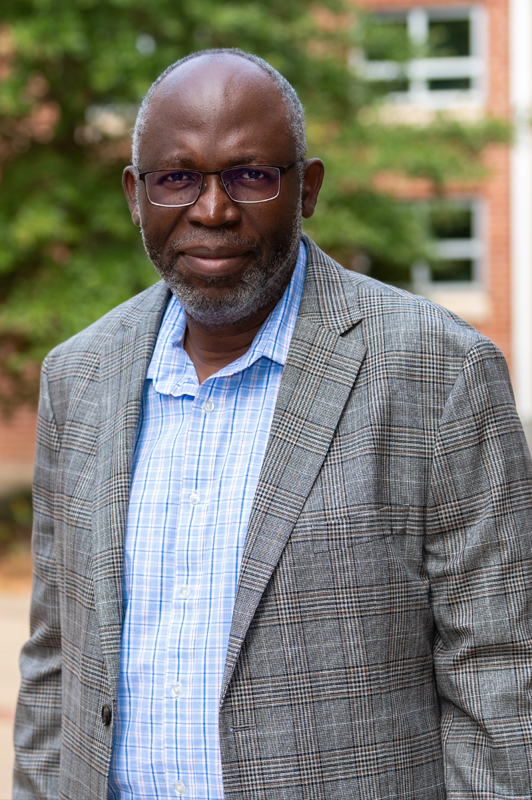Faculty team aims to reduce greenhouse gas with hydrogen energy research
Published: Jul 29, 2021 10:43 AM
By Virginia Speirs
Green does not always equal good, especially when referencing greenhouse gas.
Sushil Adhikari, professor and director of the Center for Bioenergy and Bioproducts, and his team were recently granted nearly $500,000 from the Department of Energy-Fossil Energy to produce hydrogen energy that will reduce greenhouse gas emissions and waste plastics problems.
Oladiran Fasina, professor and department head of biosystems engineering, and Tae-Sik Oh, assistant professor of chemical engineering, are the co-principal investigators on the project.
To produce this hydrogen energy, Adhikari and his colleagues will blend a coal, plastic and biomass mixture to be gasified and turned into hydrogen energy. The coal will be bituminous coal, the biomass will be southern pine and the plastics will be exclusively household waste plastics.
“When you burn coal for energy, you produce a lot of carbon dioxide which is a greenhouse gas,” Adhikari said. “And in order to offset that, what we want to do is use biomass material to blend with the coal. We also want to use plastics in the blend because plastics have a significant amount of energy and we can recycle them to keep out of places such as the ocean.”
Adhikari and his colleagues have partnered with non-profit research institute RTI International to perform financial viability of the process.
“What we are trying to do is see how this blend will affect the environment,” Adhikari said. “We want to know if the components mix well or not, and we want to see how it will react when we put the material into a gasifier. We also need to see how much it will cost, and that is why we partnered with RTI International.”
The specific objectives of the project are to study the flowability of this mixture for consistent gasification, to understand gasification behavior of the mixture in both steam and oxygen environments, to characterize the thermal properties of ash/slag from the mixture feedstock and investigate the interaction between slag/ash and refractory materials. The team will also develop models to determine the technology necessary for synthesis gas cleanup and removing contaminants for hydrogen production, Adhikari explained.
The synthesis gas production from this material will be analyzed for a variety of permanent gases such as carbon monoxide, carbon dioxide, methane and hydrogen. It will also be tested for contaminants such as tar, hydrogen sulfide, carbonyl sulfide and ammonia.
Because this coal mixture will lessen greenhouse gas emissions and encourage the reuse of plastic waste, it will be a stepping stone to creating a cleaner, safer planet for the future, Adhikari said.
The mission of the Center for Bioenergy and Bioproducts is to bring a team of faculty together to solve current and future challenges and provide more sustainable and renewable energy, chemicals and materials. The center is funded by the College of Agriculture, Alabama Agricultural Experiment Station (AAES) and the Samuel Ginn College of Engineering.
Media Contact: , jeremyhenderson@auburn.edu, 334.844.3591
Students in the Bioenergy and Bioproducts Center standing in front of a bubbling-fluidized bed gasification system for producing hydrogen and other gaseous fuels.




